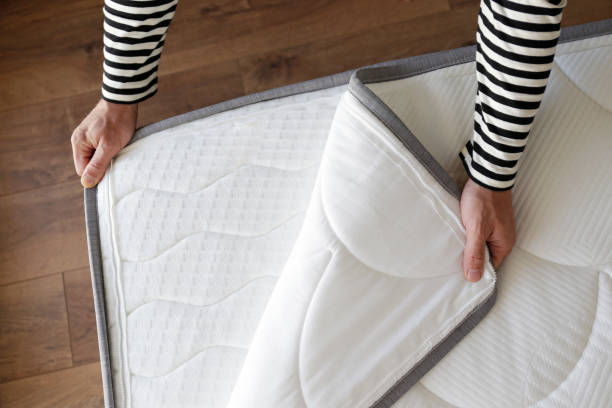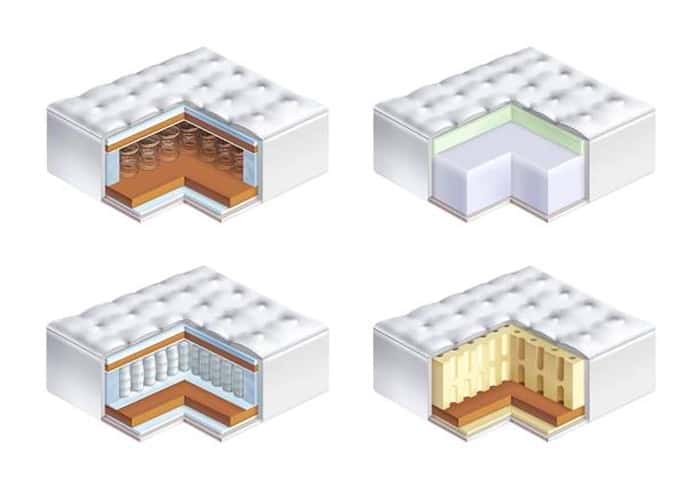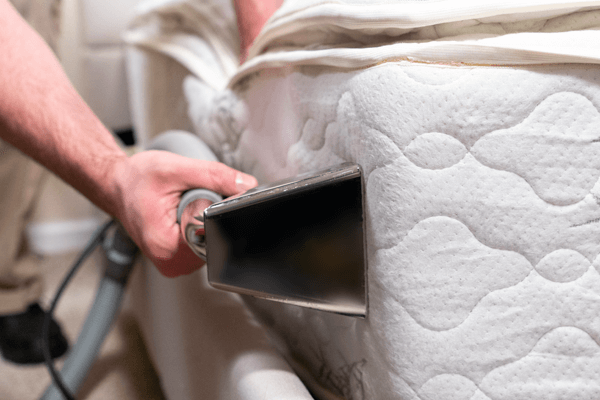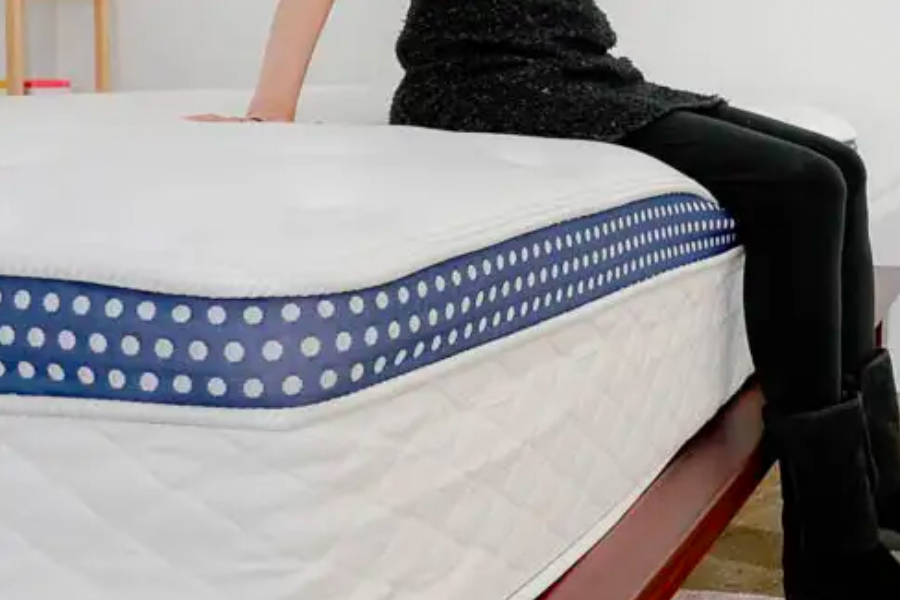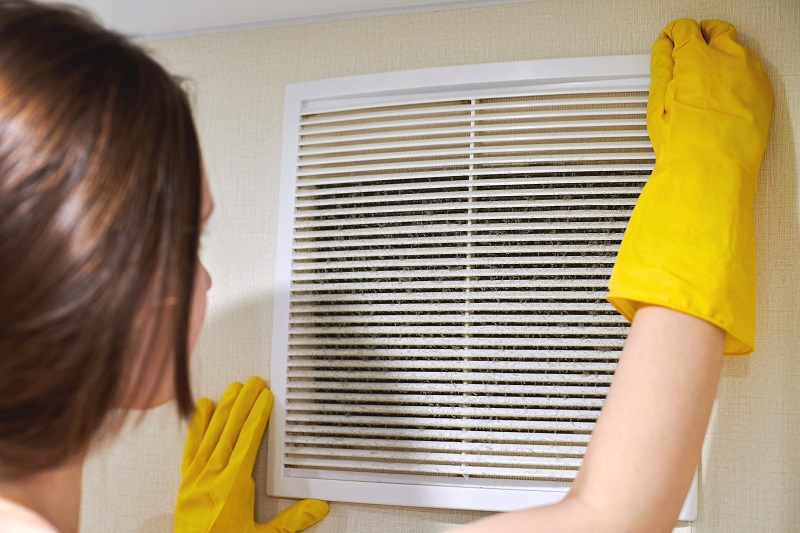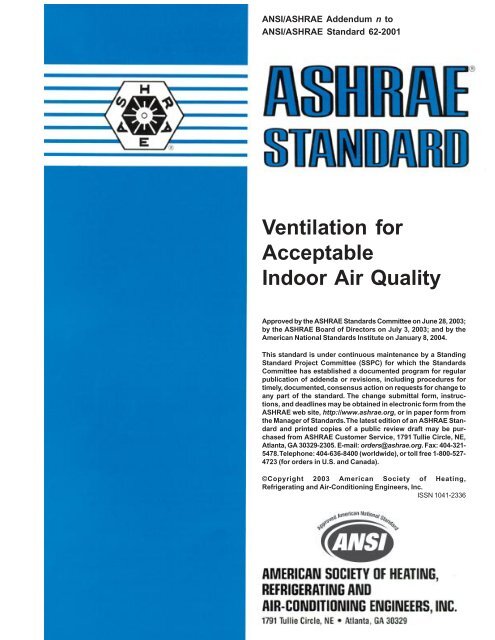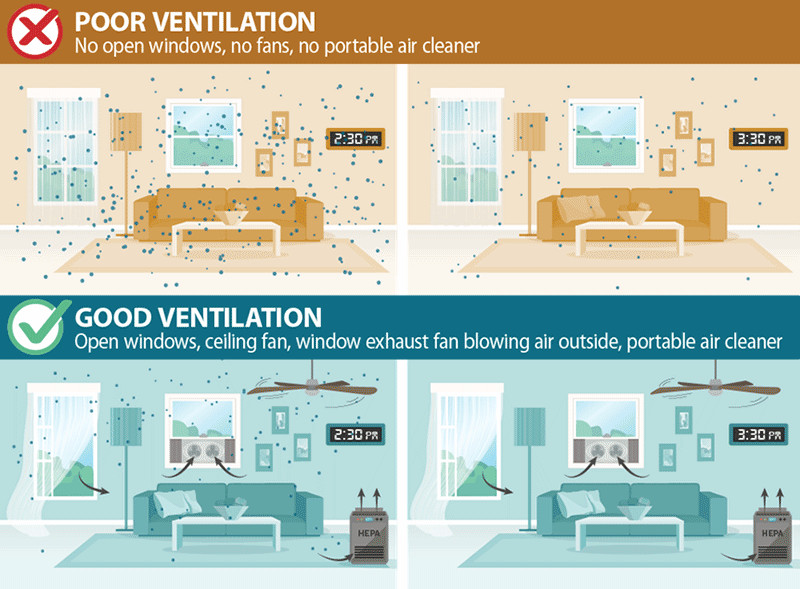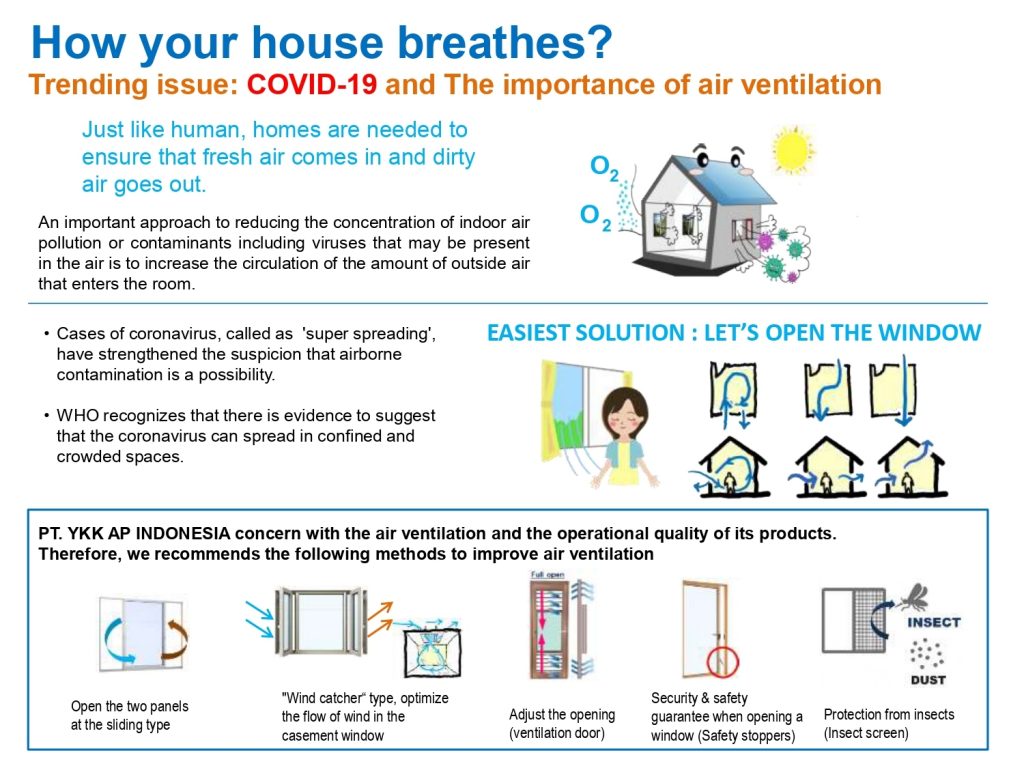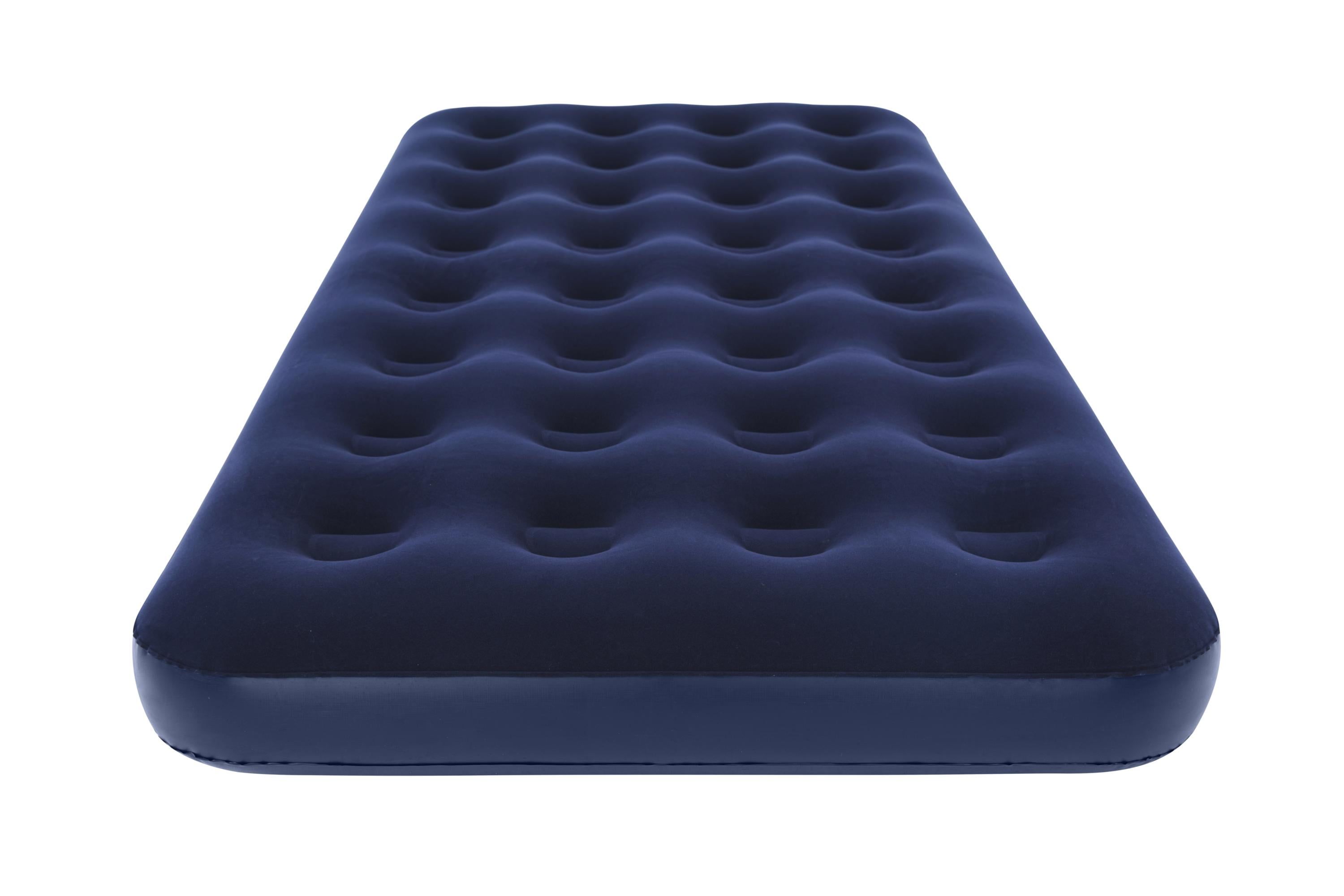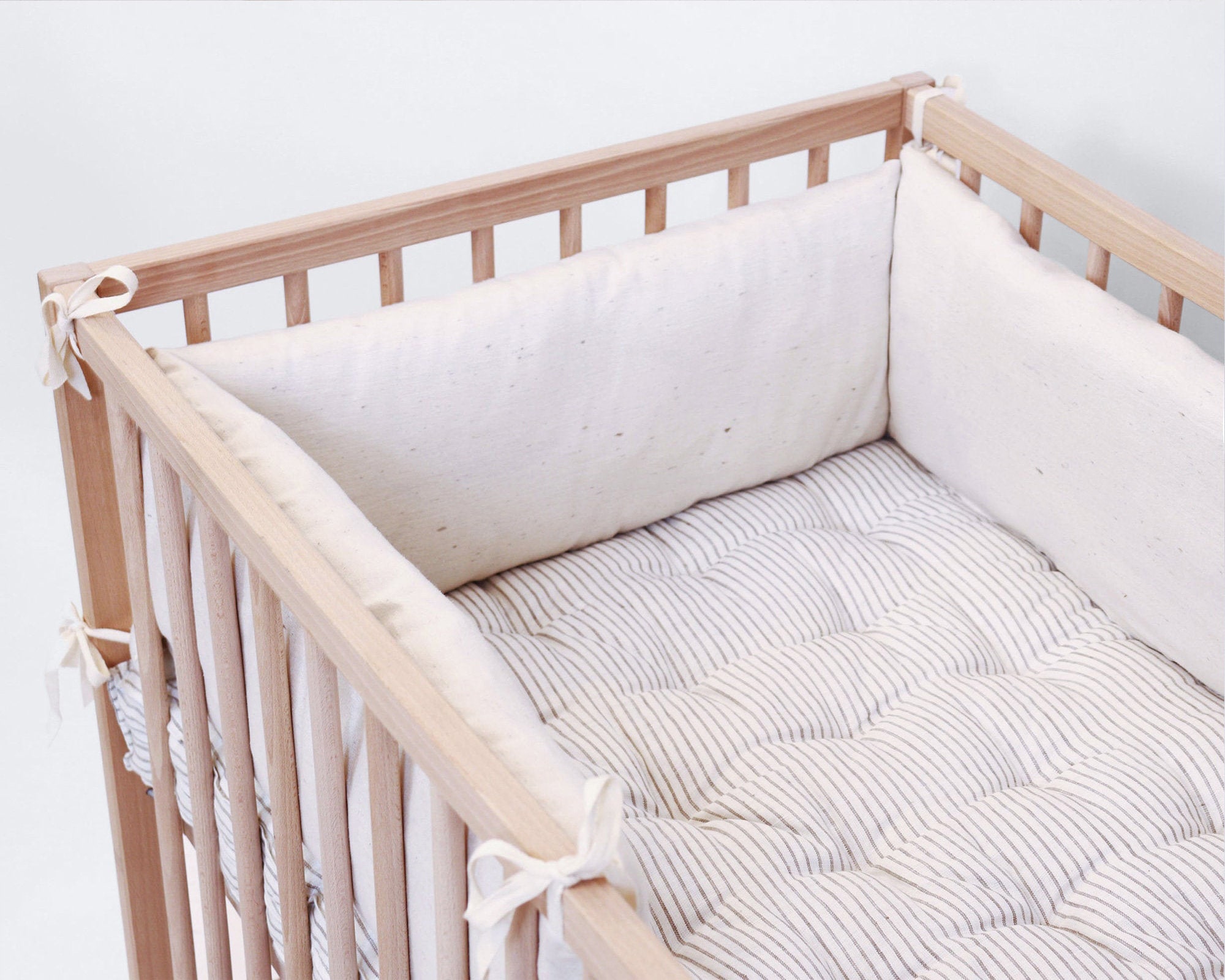Mattresses are an essential part of our daily lives, providing us with a comfortable and restful sleep every night. However, what many people don't realize is that the type of mattress we choose can have a significant impact on the quality of air in our homes. Poor indoor air quality can lead to a range of health issues, so it's crucial to understand the connection between mattresses and indoor air quality. When we sleep, we spend a significant amount of time in close contact with our mattresses. This means that we are constantly breathing in the air surrounding our mattresses, which can contain various pollutants and chemicals. These can come from the materials used to make the mattress, such as foam, adhesives, and flame retardants, as well as dust mites, mold, and other allergens that can accumulate over time. As we breathe in these pollutants, they can irritate our respiratory system, causing symptoms like sneezing, coughing, and wheezing. In the long term, constant exposure to these pollutants can lead to more severe health problems like asthma, allergies, and even respiratory diseases. That's why it's essential to choose a mattress that promotes good indoor air quality.1. The Impact of Mattresses on Indoor Air Quality
Now that we understand the impact of mattresses on indoor air quality, how do we make the right choice when it comes to purchasing a new mattress? First and foremost, look for mattresses that are certified by reputable organizations, such as CertiPUR-US and Greenguard. These certifications ensure that the mattress has been tested for harmful chemicals and emissions, and that it meets strict standards for indoor air quality. Additionally, consider the materials used in the mattress. Natural materials like organic cotton, wool, and latex are better options as they are free from synthetic chemicals and are less likely to emit harmful gases. Avoid mattresses made with polyurethane foam, which can release volatile organic compounds (VOCs) into the air. It's also helpful to read reviews and do some research before buying a new mattress. Look for customer feedback on the mattress's indoor air quality and any potential issues with off-gassing or chemical odors. This can help you make a more informed decision and choose a healthier option for your home.2. How to Choose a Mattress for Better Indoor Air Quality
Indoor air pollution is a growing concern as we spend more time indoors, and our homes are becoming more energy-efficient. This means that pollutants and chemicals are trapped inside, leading to poor indoor air quality. Unfortunately, mattresses can be significant contributors to indoor air pollution. As mentioned earlier, mattresses can emit harmful chemicals and gases, which can build up in the air over time. But it's not just the materials used in the mattress that contribute to indoor air pollution. Old and worn-out mattresses can also be a breeding ground for dust mites, mold, and other allergens, which can have a significant impact on the air quality in our homes. To combat this, it's recommended to replace your mattress every 7-10 years, depending on the quality and materials used. Regularly cleaning and maintaining your mattress can also help prevent the buildup of allergens and pollutants, improving the air quality in your home.3. The Connection Between Mattresses and Indoor Air Pollution
Aside from choosing a high-quality, certified mattress, there are other steps you can take to improve the indoor air quality in your bedroom and home. Firstly, invest in a good quality mattress protector. This can help prevent dust mites and other allergens from accumulating in your mattress, reducing the potential for poor indoor air quality. Wash your bedding regularly in hot water to kill any dust mites that may be present. Next, consider using an air purifier in your bedroom. These devices can help filter out pollutants and allergens from the air, improving the overall air quality in your home. It's also a good idea to keep your bedroom well-ventilated, allowing fresh air to circulate and reducing the buildup of pollutants. Lastly, if you're sensitive to chemicals or have allergies, consider opting for a mattress made with natural, organic materials. These mattresses are less likely to emit harmful gases and are a healthier option for those with respiratory issues.4. Tips for Improving Indoor Air Quality with Your Mattress
If you suffer from allergies or have sensitivities to chemicals, choosing the right mattress can make a significant difference in your indoor air quality and overall health. Here are some of the best options for those looking for a healthier mattress: 1. Organic Latex Mattresses: These mattresses are made from natural latex, which is derived from rubber trees. They are free from synthetic materials and chemicals, making them an excellent option for those with allergies or sensitivities. 2. Organic Cotton Mattresses: Mattresses made with organic cotton are breathable and hypoallergenic, making them a great choice for those with allergies. They are also less likely to emit harmful chemicals into the air. 3. Wool Mattresses: Wool is naturally resistant to dust mites and mold, making it an ideal material for mattresses. They also tend to be more breathable and temperature-regulating, providing a comfortable and healthy sleep environment.5. The Best Mattresses for Allergies and Indoor Air Quality
Volatile Organic Compounds, or VOCs, are gases that are released from certain materials and products, including mattresses. These gases can have adverse health effects when inhaled, and can also contribute to poor indoor air quality. Mattresses made with polyurethane foam, which is a common material used in mattresses, can release VOCs into the air. These gases can irritate the eyes, nose, and throat, and may also cause headaches, nausea, and respiratory issues. That's why it's essential to choose a mattress that is low in VOC emissions, preferably certified by organizations such as Greenguard and CertiPUR-US. As mentioned earlier, mattresses made with natural materials like latex, cotton, and wool are less likely to release harmful VOCs into the air.6. Understanding Volatile Organic Compounds (VOCs) in Mattresses and Indoor Air Quality
The materials used in mattresses play a significant role in indoor air quality. As previously mentioned, some materials, such as polyurethane foam, can emit harmful gases into the air. But what other materials should we be aware of when it comes to choosing a healthy mattress? Flame retardants are often added to mattresses to meet fire safety standards. However, these chemicals have been linked to various health issues, and some can also emit VOCs into the air. Look for mattresses that are free from these chemicals, or choose natural flame retardant materials like wool. Adhesives and glues used in mattresses can also contribute to poor indoor air quality. Opt for mattresses that use water-based adhesives instead of harsh chemicals. Natural latex mattresses are often made with water-based adhesives, making them a healthier option for your home.7. The Role of Mattress Materials in Indoor Air Quality
Regularly cleaning and maintaining your mattress can help prevent the buildup of allergens and pollutants, improving the air quality in your home. Here are some tips for keeping your mattress clean and healthy: 1. Vacuum regularly: Use a vacuum with a HEPA filter to remove dust, dirt, and other allergens from your mattress. Pay attention to seams and crevices where dust can easily accumulate. 2. Spot clean stains: If you have a spill or stain on your mattress, spot clean it immediately with a mixture of mild detergent and water. Avoid using harsh chemicals that can emit harmful gases into the air. 3. Deodorize with baking soda: Sprinkle baking soda over your mattress and let it sit for a few hours before vacuuming it off. This can help absorb any odors and freshen up your mattress. 4. Flip and rotate your mattress: To prevent uneven wear and tear, flip and rotate your mattress every few months. This can also help prevent the buildup of allergens on one side of the mattress.8. How to Keep Your Mattress Clean for Better Indoor Air Quality
Asthma is a chronic respiratory condition that affects millions of people worldwide. While there are many factors that can trigger asthma symptoms, poor indoor air quality is a significant contributor. And as we've learned, the type of mattress we sleep on can play a role in our home's air quality. Choosing a mattress that is free from chemicals and allergens can significantly improve the air quality in your bedroom and reduce the risk of asthma symptoms. It's also essential to keep your mattress clean and well-maintained to prevent the buildup of allergens and pollutants. If you or a family member suffers from asthma, it's best to consult with a doctor for specific recommendations on the best type of mattress for your needs.9. The Link Between Mattresses and Asthma: Improving Indoor Air Quality
Proper ventilation is crucial for maintaining good indoor air quality, especially when it comes to our mattresses. As we sleep, we release moisture and heat, which can get trapped in our mattresses if there is inadequate ventilation. This trapped moisture can lead to the growth of mold and mildew, which can cause respiratory issues and affect the air quality in our homes. That's why it's essential to have proper ventilation in your bedroom, whether it's through open windows or using an air purifier. Additionally, make sure to follow the manufacturer's instructions for your mattress, which may include regularly airing it out to prevent moisture buildup. This can help prolong the life of your mattress and improve the overall air quality in your home.10. The Importance of Proper Ventilation for Mattresses and Indoor Air Quality
The Importance of Choosing the Right Mattress for Indoor Air Quality
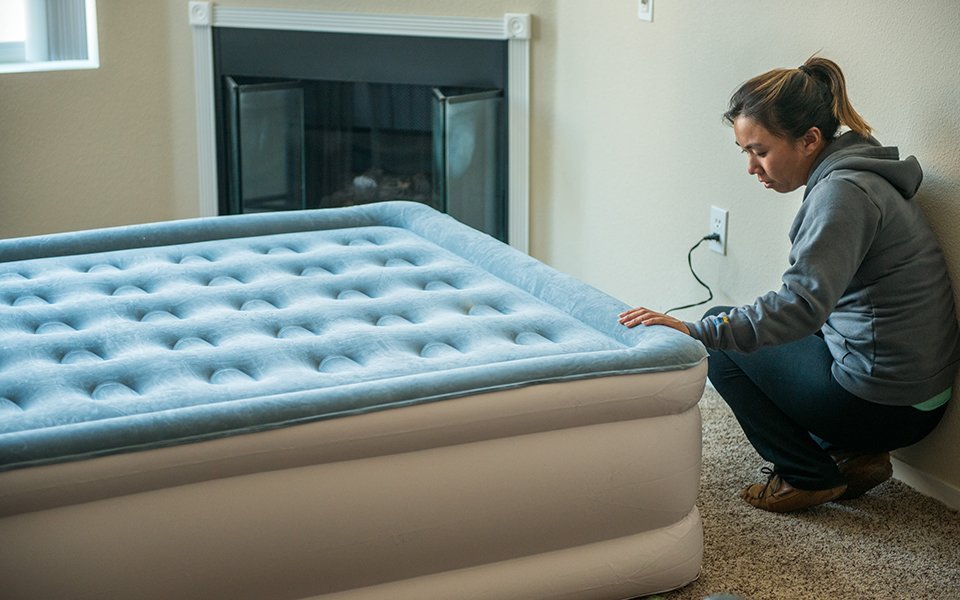
Effects of Poor Indoor Air Quality on Health
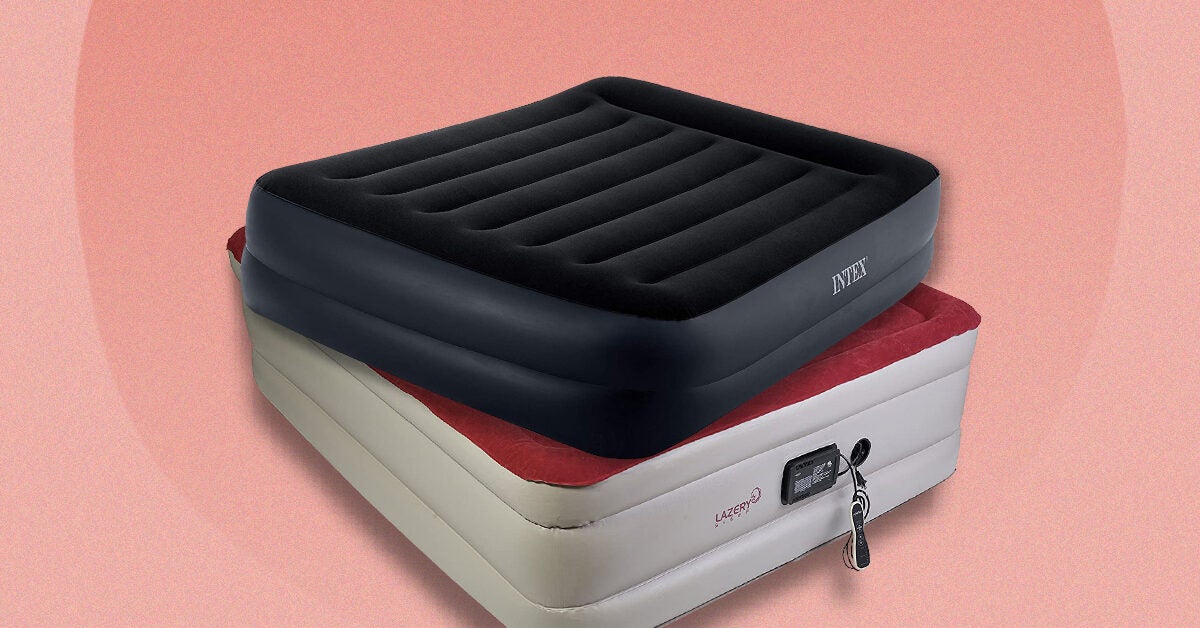 Indoor air quality is a growing concern for many homeowners, and for good reason. According to the Environmental Protection Agency, indoor air can be up to five times more polluted than outdoor air. Poor indoor air quality can lead to various health issues, including respiratory problems, allergies, and even chronic illnesses. With most people spending a significant amount of time indoors, it's crucial to ensure that the air we breathe is clean and safe.
Indoor air quality is a growing concern for many homeowners, and for good reason. According to the Environmental Protection Agency, indoor air can be up to five times more polluted than outdoor air. Poor indoor air quality can lead to various health issues, including respiratory problems, allergies, and even chronic illnesses. With most people spending a significant amount of time indoors, it's crucial to ensure that the air we breathe is clean and safe.
How Mattresses Can Affect Indoor Air Quality
 When it comes to indoor air quality, mattresses may not be the first thing that comes to mind. However, the type of mattress you choose can have a significant impact on the air in your home. Traditional mattresses are made with synthetic materials and chemicals that can release harmful volatile organic compounds (VOCs) into the air. These chemicals can cause headaches, eye irritation, and respiratory issues.
Organic and Natural Mattresses
are becoming increasingly popular for their eco-friendly and health-conscious benefits. These mattresses are made from natural materials such as organic cotton, wool, and latex, which are free from harmful chemicals. They are also hypoallergenic and resistant to dust mites, making them a great choice for those with allergies or sensitivity to chemicals.
When it comes to indoor air quality, mattresses may not be the first thing that comes to mind. However, the type of mattress you choose can have a significant impact on the air in your home. Traditional mattresses are made with synthetic materials and chemicals that can release harmful volatile organic compounds (VOCs) into the air. These chemicals can cause headaches, eye irritation, and respiratory issues.
Organic and Natural Mattresses
are becoming increasingly popular for their eco-friendly and health-conscious benefits. These mattresses are made from natural materials such as organic cotton, wool, and latex, which are free from harmful chemicals. They are also hypoallergenic and resistant to dust mites, making them a great choice for those with allergies or sensitivity to chemicals.
The Benefits of Choosing an Organic Mattress
 Not only are organic mattresses better for your health, but they also have a positive impact on the environment. The production of organic mattresses uses fewer resources and produces less waste compared to traditional mattresses. They are also biodegradable, reducing their impact on landfills.
In addition to environmental benefits, organic mattresses also promote a healthier sleep environment. The lack of harmful chemicals and toxins can lead to better sleep and fewer health issues. This is especially beneficial for children and those with respiratory conditions.
Organic mattresses
also have a longer lifespan compared to traditional mattresses, making them a more cost-effective option in the long run. They are also customizable and can be tailored to individual comfort preferences by adjusting the firmness levels.
Not only are organic mattresses better for your health, but they also have a positive impact on the environment. The production of organic mattresses uses fewer resources and produces less waste compared to traditional mattresses. They are also biodegradable, reducing their impact on landfills.
In addition to environmental benefits, organic mattresses also promote a healthier sleep environment. The lack of harmful chemicals and toxins can lead to better sleep and fewer health issues. This is especially beneficial for children and those with respiratory conditions.
Organic mattresses
also have a longer lifespan compared to traditional mattresses, making them a more cost-effective option in the long run. They are also customizable and can be tailored to individual comfort preferences by adjusting the firmness levels.
Conclusion
 In conclusion, when it comes to indoor air quality, it's important to consider all factors, including the type of mattress you choose. Organic mattresses not only provide a healthier sleep environment but also have a positive impact on the environment. By investing in an organic mattress, you are not only prioritizing your health but also contributing to a more sustainable future. So, next time you're in the market for a new mattress, consider the benefits of going organic. Your health and the environment will thank you.
In conclusion, when it comes to indoor air quality, it's important to consider all factors, including the type of mattress you choose. Organic mattresses not only provide a healthier sleep environment but also have a positive impact on the environment. By investing in an organic mattress, you are not only prioritizing your health but also contributing to a more sustainable future. So, next time you're in the market for a new mattress, consider the benefits of going organic. Your health and the environment will thank you.
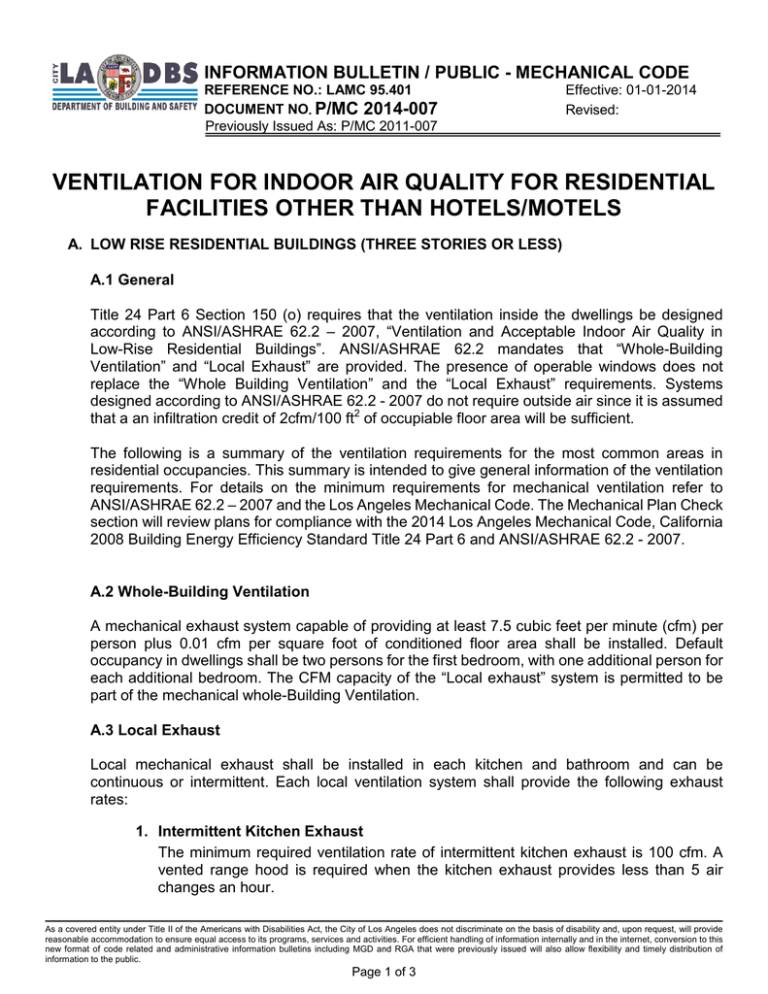




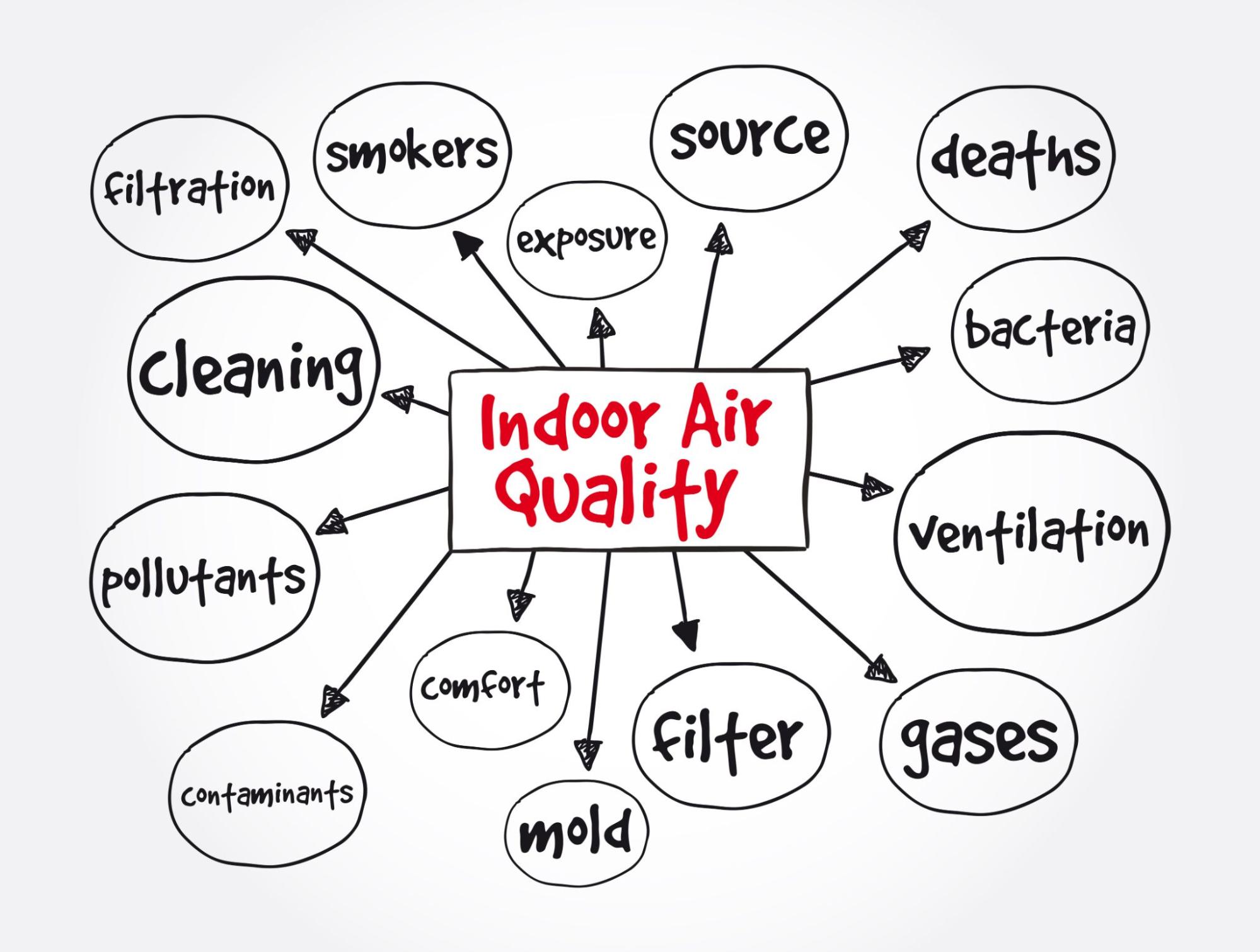


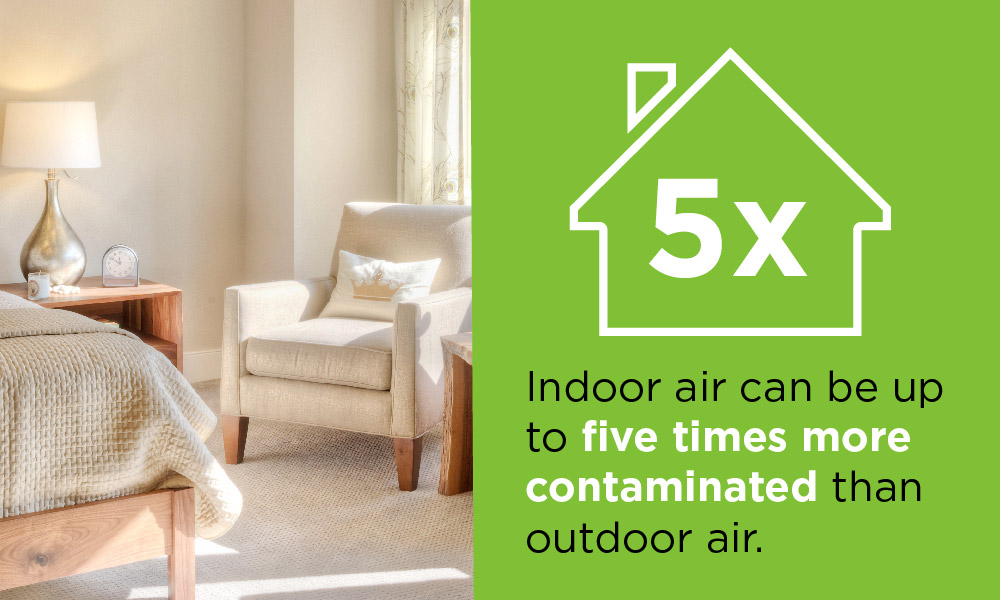






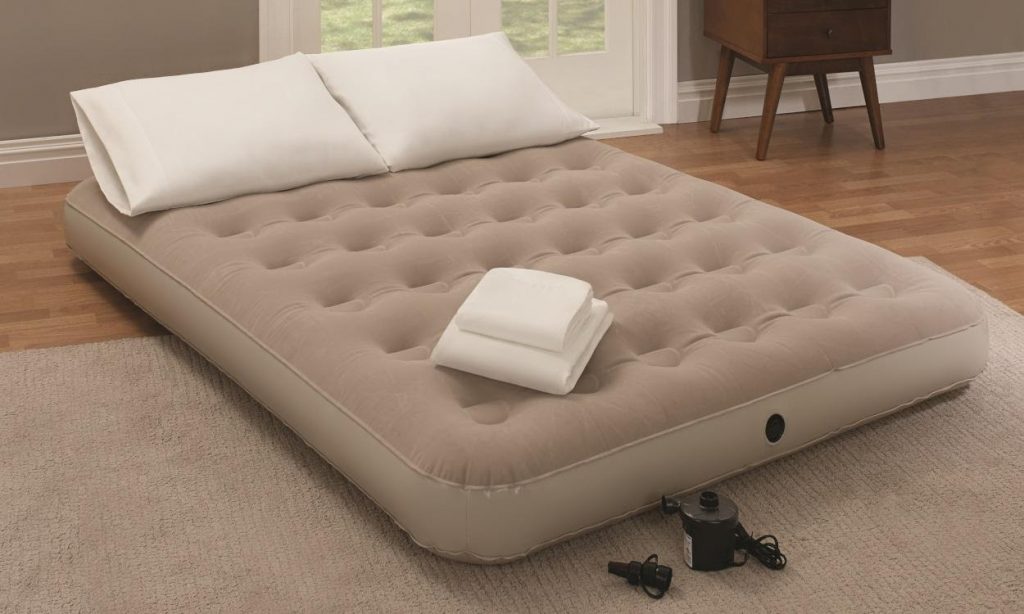

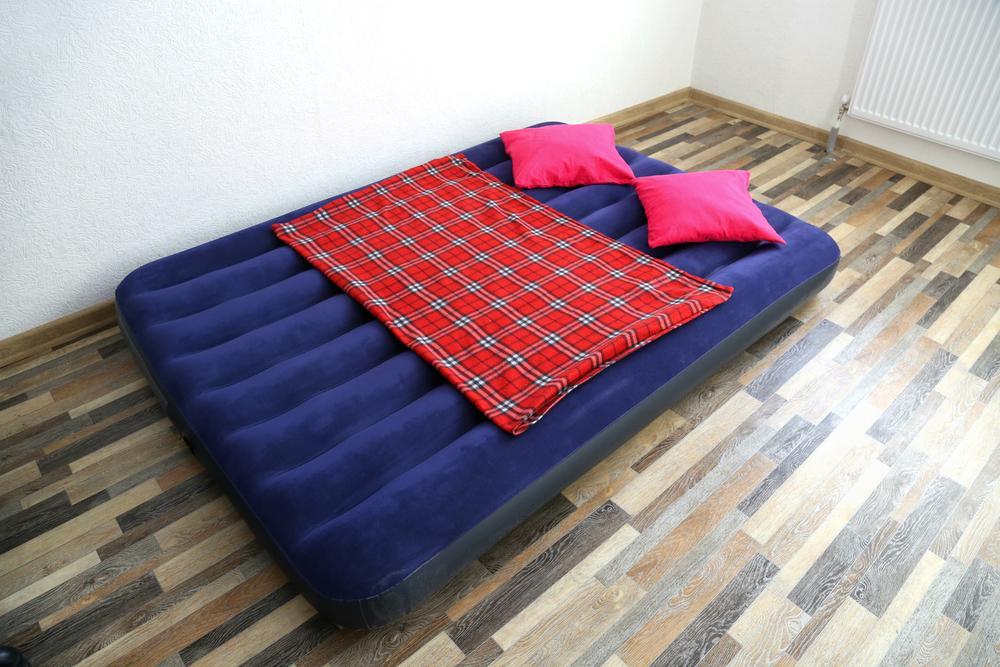

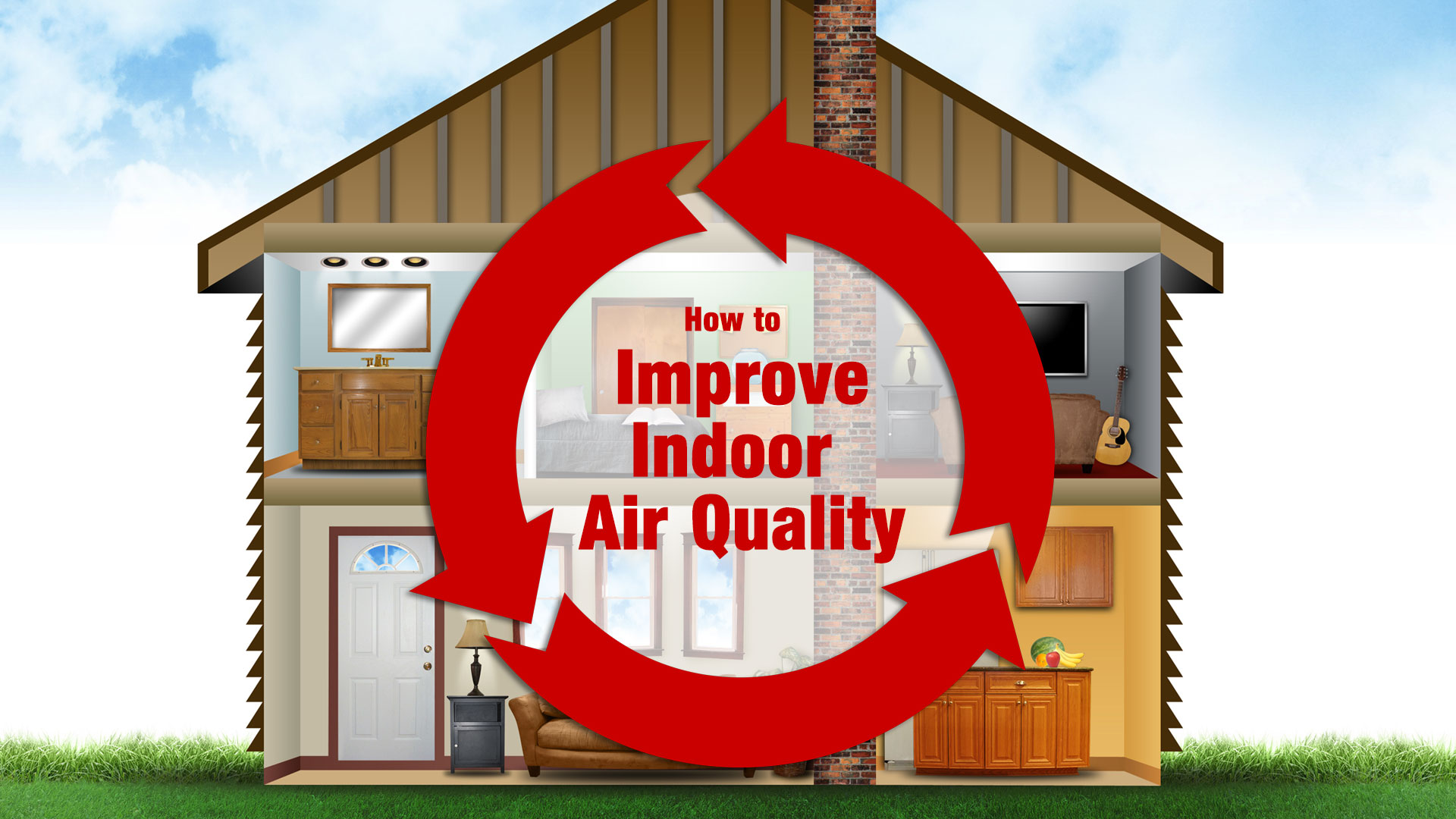

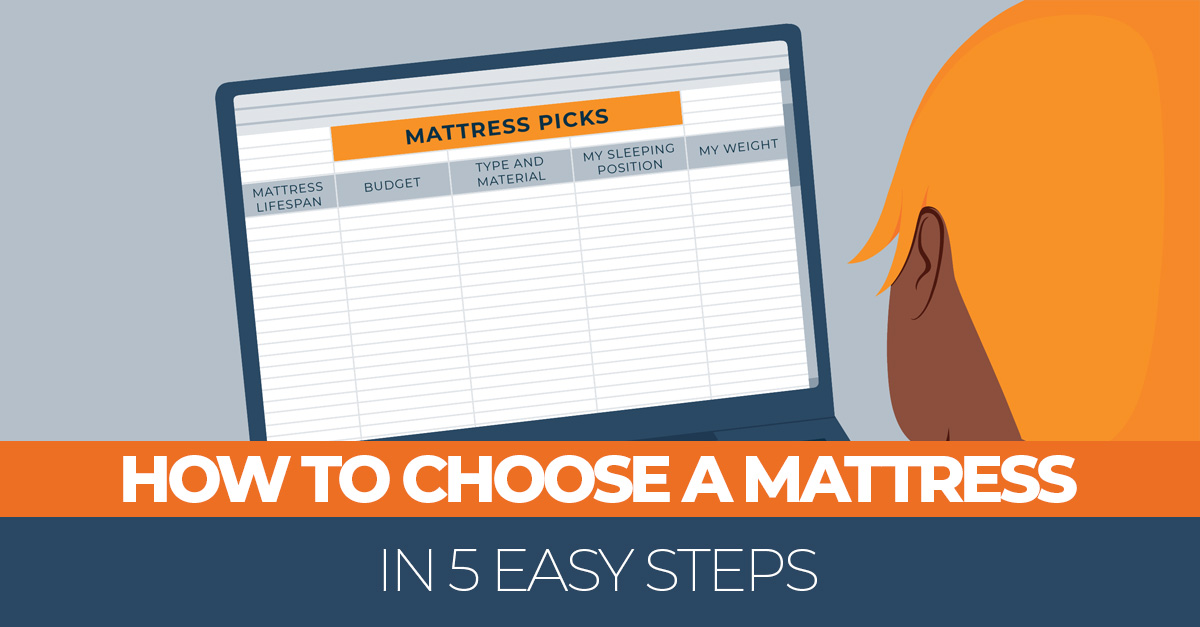


















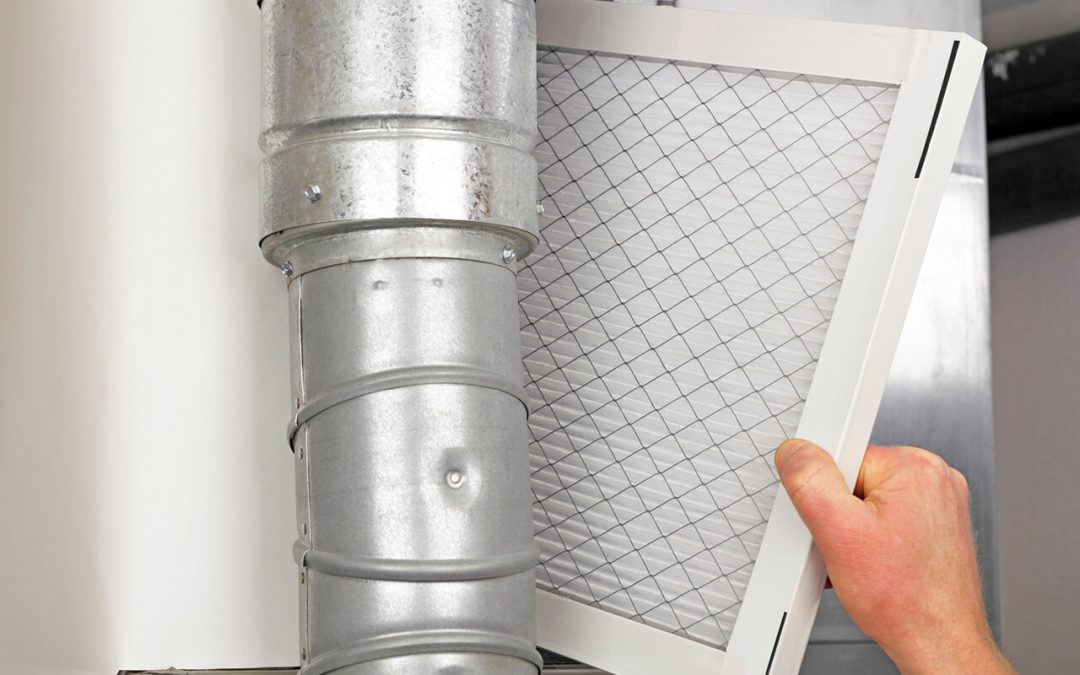

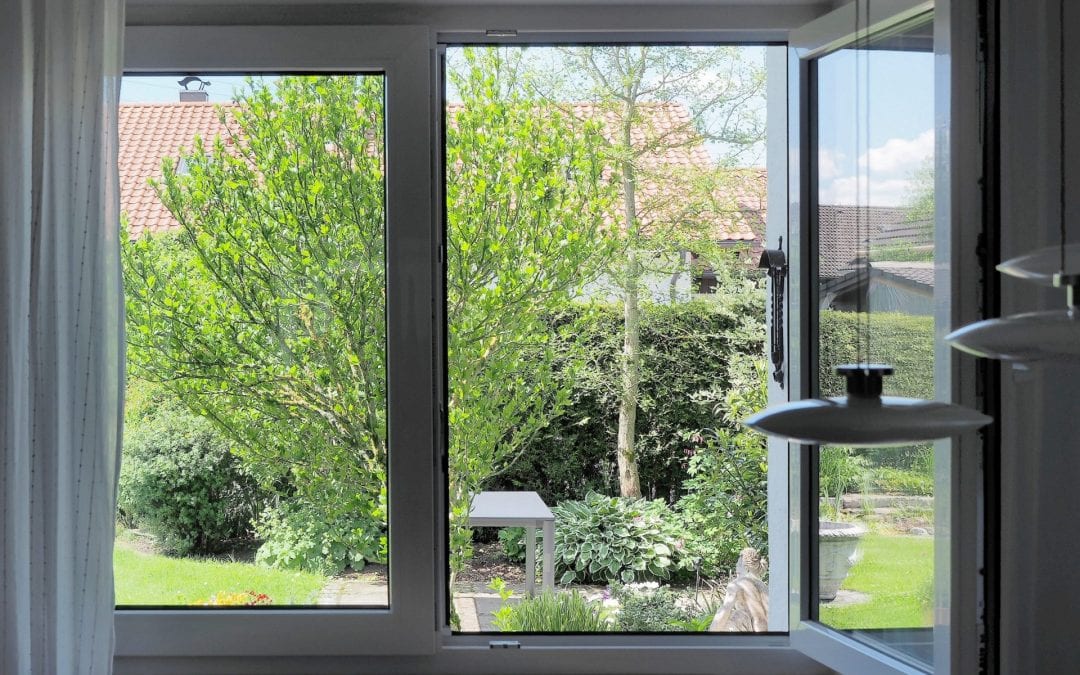
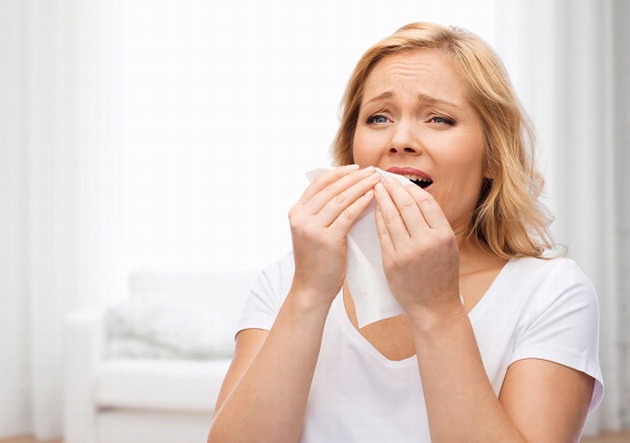











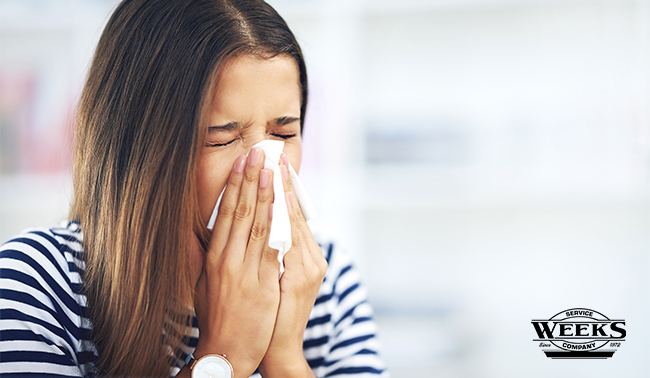

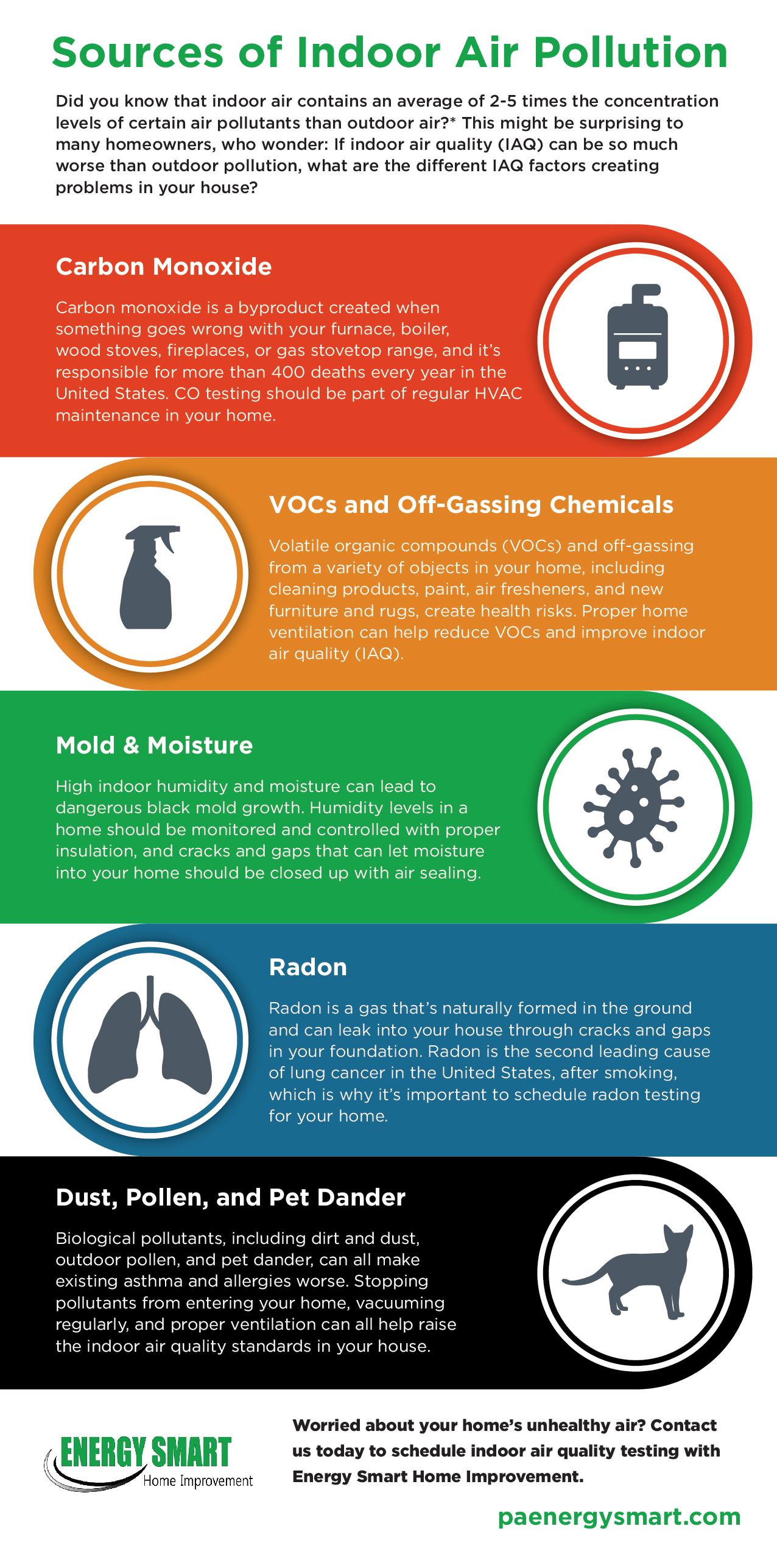




.jpg)




